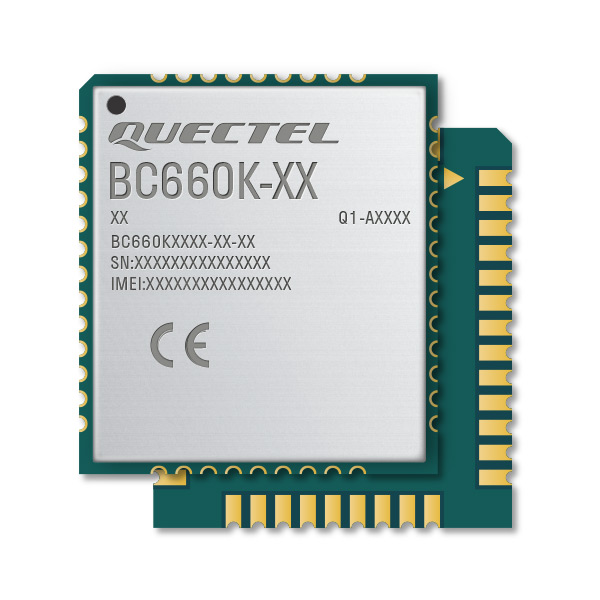Smart meters enable the new power generation
Author: Neset Yalcinkaya, VP of Products, Quectel Wireless Solutions
Energy consumption is under intense scrutiny as governments, enterprises and consumers try to reduce their consumption of resources to improve the environment. At the same time, usage patterns, energy supply and new forms of power generation are emerging and people want greater insight into and control of their consumption. Traditional metering doesn’t provide the level of granularity required because it only provides a historical record of usage. In addition, the process is costly, requiring utility providers to spend money on meter reading.
Smart meters provide the potential to automate metering and provide vital data to utilities and end users and government initiatives are supporting roll-outs worldwide. There is urgency that these continue and adoption accelerates. The International Energy Agency (IEA) has reported that global electricity demand grew by 4% in 2018 to more than 23,000 TWh and the electricity industry in general faces challenges in terms of serving the world’s population as developing nations continue to connect populations and utilization of devices increases. Even in developed markets, the emergence of new usage of electricity such electric vehicles (EVs) is radically changing demand profiles and consumption habits.
The IEA has predicted that EV sales are set to reach 44 million vehicles per year by 2030, also aided by government incentives, and users recharging these vehicles will place large additional management burdens on power grids to ensure brown-outs do not occur. This management burden is further added to by increased power generation via renewables, which requires greater integration, data and insights down to the level of micro-generation at users homes. For the first time, electricity is a two-way market with customers generating electricity for grids and also drawing power from grids according to their needs and prevailing weather conditions.
For example, a home-owner that generates power via wind or solar may find that on a cloudy or wind-free day, they do not generate excess energy and need to charge their EV using grid electricity. In contrast, if the day is bright, they may have a significant excess of generation capacity to sell to the grid. The smart meter is the tool by which grids can measure likely demand and supply and balance this across their users.
However, for this granular information to be communicated, robust connectivity is a baseline requirement. If the meter can’t connect, it can’t share its data and electricity providers can’t generate insights that allow them to manage their grids and assure supply for customers.

Connectivity is therefore a priority for smart metering projects and there are several options for smart metering providers to consider. These range from continuing to utilize the existing private radio mesh networks of the utility companies to adopting low power wide area (LPWA) technologies such as LoRaWAN and Sigfox. There are merits to each but cellular connectivity is increasingly being adopted because it occupies a sweetspot of ubiquitous coverage, attractive cost, mature device ecosystem, acceptable power consumption and sustainable cost. Each of these are essential components for successful smart meter deployments and even within the cellular category there are options that have specific strengths in each category to consider.
The roots of cellular connectivity for smart meters are in 2G mobile networks. However, many of these are starting to be retired and the next generation of cellular solution centres on narrowband-IoT (NB-IoT) and LTE-M. 5G is not a consideration for smart metering today for reasons of high cost, current low coverage and power consumption. In addition, meter data has no real need for the low latency, high throughput capabilities of 5G.
NB-IoT and LTE-M are a natural fit for smart metering because they tick more of the boxes on the smart meter performance requirements check list, more of the time than other alternatives. Quectel’s new B660K-GL high-performance LTE Cat NB2 module, for example, has been designed to meet the needs of the smart metering industry.
The module offers low power consumption which is vital for deployments with expected lifecycles of 15 or 20 years. In order to support the business case, it’s important that meters don’t need maintenance for battery replacement during this lifespan so long battery life is a critical requirement. The B660K-GL makes this possible because extended DRX power drain is extremely low and power saving mode (PSM) results in less than a micron of consumption. In fact, power usage is 800 nano amps and depending on the usage cycle, daily consumption can be anywhere between 5 and 20 microns.
With utility companies committed to smart metering infrastructure and cellular connectivity enabled via smart modules such as the BC660K-GL, a growing market is developing in which smart meters are used to do more than simply report consumption. The future will see the smart meter dynamically communicating with the grid to ensure new needs for power such as EV charging can be met and new models, such as selling excess generation back to the grid can be enabled. The B660K-GL is a vital part of enabling smart meters and helping to build a smarter world.
Download our white paper “Why cellular connectivity provides the robust, secure foundation for new revenues in smart metering”